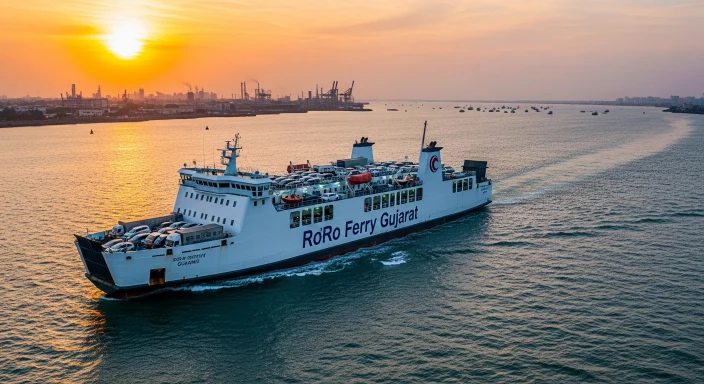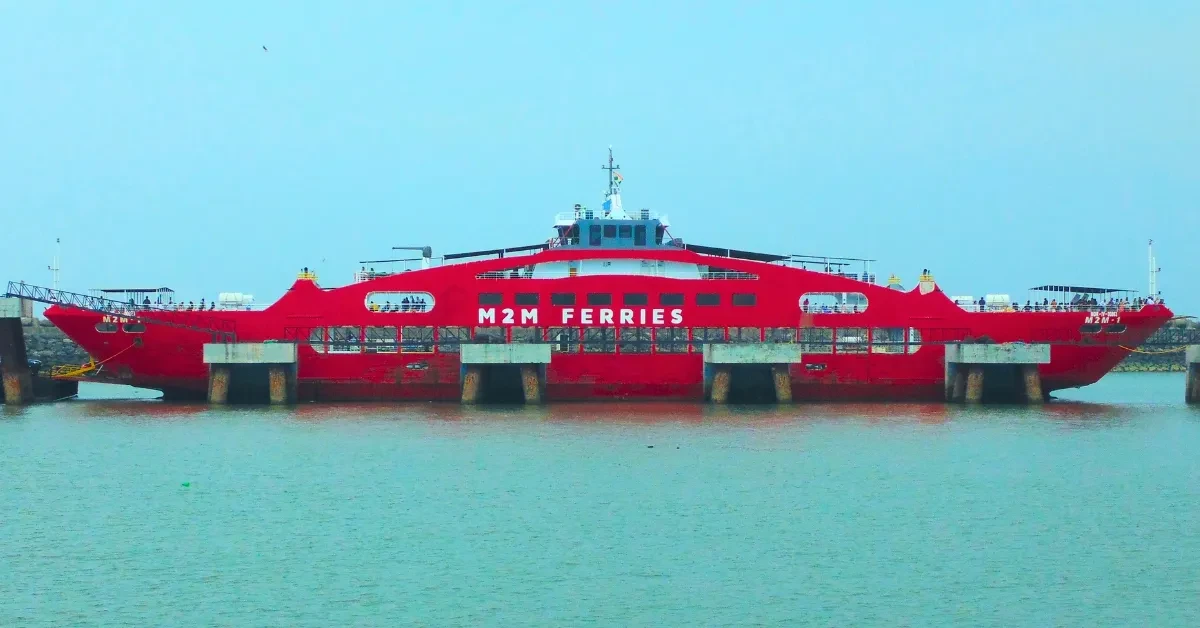The Rare Lesser Florican bird in Bhavnagar has once again become the highlight of the monsoon season, drawing attention from wildlife lovers and conservationists. More than 25 of these rare and endangered birds have been recorded in the Velavadar–Bhal region of Bhavnagar district this year. Their arrival marks the start of their breeding season, which usually occurs during the rainy months.
According to reports, these small but elegant birds travel long distances from South India every year before the onset of the monsoon. They choose the grassland habitats of Bhavnagar for nesting and breeding, thanks to the favorable climate, tall grasses, and abundant food sources available here.
A Rare Visitor to Gujarat’s Grasslands
The Lesser Florican (Sypheotides indicus) is one of the most endangered grassland birds in India. It is known for its unique breeding display, where males leap dramatically into the air from tall grasses to attract females. However, due to shrinking grasslands and habitat loss, their global population has declined drastically over the years.
Bhavnagar’s Velavadar region has become one of the key safe zones for this bird species. Wildlife Institute of India (WII) has conducted surveys to estimate their numbers across the country. This year, the initial sightings suggest that over 25 Lesser Floricans have arrived in Bhavnagar, while the final survey report is awaited.
Why Bhavnagar Attracts Lesser Floricans
Every year, with the arrival of monsoon rains, the Rare Lesser Florican bird in Bhavnagar chooses the tall grasslands for breeding. The reasons include:
- Ideal Climate: The moist conditions after the rains create perfect nesting grounds.
- Rich Food Availability: Insects, frogs, and small aquatic creatures thrive during the rains, providing natural food for the birds.
- Safe Nesting Grounds: The open grasslands allow them to build nests, though they still face threats from predators.
The Lesser Floricans stay here until October or November. After raising their chicks, they return to their home ranges in South India.
Conservation Efforts and Artificial Nesting
In an effort to conserve this species, the forest department of Gujarat has been running special programs since 2019–20. Under this initiative, eggs laid in unsafe or flood-prone areas are collected and incubated artificially in a controlled environment.
Inside the laboratory, the eggs are provided with proper temperature, humidity, and food support until the chicks are ready to hatch. Typically, the chicks take about four and a half hours after hatching to spread their wings.
So far, the conservation program has successfully raised 15 chicks of Lesser Florican through artificial nesting and care. The yearly record shows:
- 2019–20: 3 chicks successfully raised
- 2020–21: 6 chicks successfully raised
- 2021–22: 4 chicks successfully raised
- Total so far: 15 Lesser Florican chicks nurtured through artificial incubation
This achievement has been possible with the dedicated efforts of trained forest staff and veterinary doctors.
Threats to the Lesser Florican
Despite conservation efforts, the bird still faces many challenges that put its survival at risk:
- Habitat Loss: Urbanization and conversion of grasslands into farmlands reduce their natural habitat.
- Predators: Eggs and chicks are vulnerable to animals like stray dogs, jackals, and other carnivores.
- Heavy Rains and Flooding: Nests are often washed away during excessive rains, leading to egg loss.
- Low Awareness: Many people living near grasslands are not aware of the importance of protecting this rare bird.
This makes continuous monitoring and conservation essential for their survival.
Historical Numbers and Future Prospects
Last year, surveys suggested that nearly 60 to 70 Lesser Floricans were sighted in the Bhavnagar region. This year’s count of over 25 birds shows a positive sign, though final figures will be available after the Wildlife Institute of India releases its full report.
Experts believe that Velavadar and surrounding areas of Bhavnagar can become a long-term breeding hub for the species if grassland conservation is taken seriously. Protection of local ecosystems will directly benefit not only the Lesser Florican but also many other grassland birds and animals.
Key Details About Rare Lesser Florican in Bhavnagar
| Feature | Information |
|---|---|
| Scientific Name | Sypheotides indicus |
| Common Name | Lesser Florican |
| Status | Endangered (IUCN Red List) |
| Habitat Preference | Tall grasslands |
| Arrival in Bhavnagar | May–June (before monsoon nesting) |
| Breeding Season | July to September |
| Migration Route | Travels from South India to Gujarat during monsoon |
| Conservation Efforts in Gujarat | Artificial nesting and incubation since 2019–20 |
| Number of Chicks Raised | 15 chicks through artificial methods in last 3 years |
| Current Year Sightings | Over 25 Lesser Floricans spotted in Bhavnagar’s Velavadar–Bhal grasslands |
Why This News Matters
The presence of the Rare Lesser Florican bird in Bhavnagar is not just a matter of local pride but also a strong environmental indicator. The bird is a symbol of healthy grassland ecosystems. Its survival ensures the balance of biodiversity, especially in fragile ecosystems like Gujarat’s grasslands.
Conservationists emphasize that protecting these birds goes beyond saving one species—it represents the preservation of grasslands, water cycles, and the overall ecological health of the region.
Also read: Vantara Ticket Price 2025: Updated Entry Fees, Booking & Family Packages
Conclusion
The arrival of the Rare Lesser Florican bird in Bhavnagar once again shines a spotlight on Gujarat’s importance in global biodiversity conservation. With more than 25 individuals recorded this season, the efforts of the Wildlife Institute of India and the Gujarat Forest Department offer hope for the survival of this endangered species.
However, continuous efforts, stricter protection of grasslands, and public awareness campaigns are crucial to ensure that the Lesser Florican continues to visit Bhavnagar every monsoon. The bird’s story is a reminder that human responsibility and natural wonders must go hand in hand for a sustainable future.












